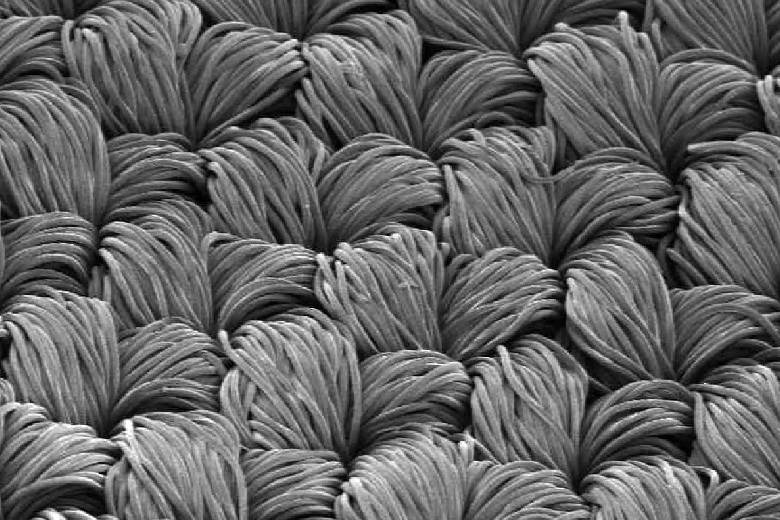EOG initiative takes on microfibre pollution
19/12/2017

The first stage of the project will involve the development of an infographic and roadmap towards eliminating microfibre pollution, alongside an applied research project carried out by one of its partners, the University of Leeds.
The initiative aims to create a shared understanding of the challenges presented by microfibres and to build knowledge of the factors that will play a role in finding viable solutions that the industry can implement.
As well as the University of Leeds, textile industry specialist biov8tion is also a research partner for this organisation. Major brands to be involved include Berghaus, Finisterre, Kering, Mammut, Paramo and The North Face.
Katy Stevens, sustainability project manager, has said: “We have been delighted with the proactive and collaborative response of the outdoor and clothing industries to tackle this issue head on and believe that the new projects will undoubtedly contribute to scientific understanding, communications, and the development of solutions.”
The EOG has said the new infographic and roadmap will be the first in the industry to map out the interlinked parts of the microfibre challenge. It aims to demonstrate the effect of raw materials and processes across the supply chain, as well as later examining the consumer-facing aspect of the industry.
The University of Leeds’ one-year research project will begin by validating a pilot test methodology to provide an industry standard on microfibres. This will be a vital step to evaluating fabric performance and will contribute to new materials development and innovation.
Research will then focus on building a comprehensive picture of why microfibre shedding occurs and how production and use factors can influence that. The objective will be to move the industry closer to finding ways to address the problem, through prevention, or the re-engineering of fibres and fabrics with reduced shedding propensities.
The EOG has said there are opportunities for more organisations to be involved in developing the roadmap as well as potential roles for other research and development partners from across the supply chain. More information can be obtained from the Outdoor Industry Microfibre Consortium (responsibility@europeanoutdoorgroup.com).








